Transforming a space into an inspirational home doesn’t require a grand overhaul or endless resources. With a few well-chosen tweaks and a thoughtful approach, anyone can create a sanctuary that feels fresh, inviting, and brimming with personality. Whether it’s through clever use of color psychology, maximizing natural light, or incorporating minimalist furniture, the goal is to craft a space that inspire and uplift. Discover how even the simplest adjustments can elevate your home into a haven of inspiration, blending functionality with style to create a balanced and harmonious living environment. From budget-friendly ideas to leveraging design principles, this guide offers practical tips to transform your home into a space that truly feels like yours—a reflection of your unique tastes and lifestyle.
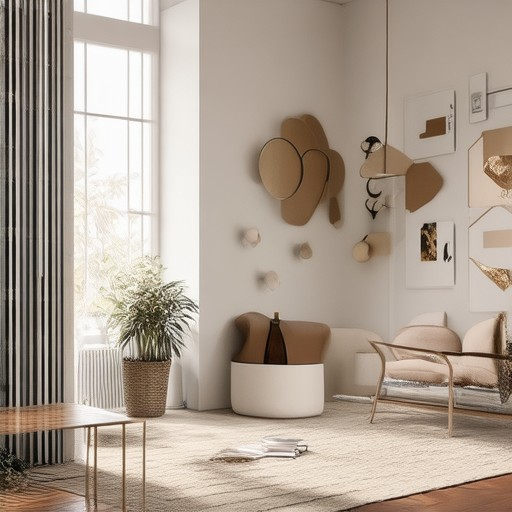
The 3-5-7 Rule in Decorating
The 3-5-7 rule is a simple yet effective guideline for decorating a room or arranging objects to create balance and visual appeal. Here’s a breakdown of how it works:
- 3 (Threes): Group objects into sets of three. This creates a balanced and harmonious look. For example, you can place three lamps on a shelf or three decorative pillows on a couch.
- 5 (Fives): Use five pieces of artwork or decor in a single arrangement. This can be achieved by displaying five photos in a frame or five smaller artworks arranged in a circular pattern.
- 7 (Sevens): Incorporate seven key pieces that define the room’s aesthetic. These could be a mix of furniture, lighting, and accessories that tie the room together.
This rule helps prevent clutter and ensures that the space feels organized and visually appealing. By following the 3-5-7 rule, you can create a cohesive and balanced decor scheme that enhances the functionality and beauty of your room.
How Do You Make an Inspirational Home?
Creating an inspirational home isn’t just about aesthetics—it’s about curating a space that sparks joy, creativity, and comfort. Here’s how you can transform your living area into a sanctuary of inspiration:
1. Start with a Clean Slate
Clutter is the enemy of inspiration. Begin by decluttering your space, organizing belongings into neat categories, and creating open, airy areas that invite creativity.
2. Incorporate Thoughtful Decor
Personalize your home with meaningful decor that reflects your personality and values. Whether it’s quirky artwork, vintage finds, or family heirlooms, every item tells a story.
3. Embrace Natural Elements
Bring the outside in by incorporating natural elements like plants, flowers, or organic textures. Natural light, greenery, and earthy tones can energize your space.
4. Create a Cozy Reading Nook
Design a dedicated space for reading and relaxation. Add soft lighting, comfortable seating, and a selection of books to foster a calming, intellectual atmosphere.
5. Utilize Color and Texture
Color plays a huge role in mood. Opt for a calming palette or bold, vibrant hues to evoke emotions. Mix textures through fabrics, materials, and patterns for visual interest.
6. Curate a Thoughtful Bookshelf
Organize your bookshelf not just for functionality but also for aesthetic appeal. Group books by theme, add decorative elements, and highlight favorite reads.
7. Add Functional Art
Turn functional items into artistic statements. For example, a custom-made lamp or a hand-painted piece of furniture can become conversation starters.
8. Invest in Quality Lighting
Lighting sets the tone of a room. Use a mix of task lights, ambient lights, and decorative pieces to create layers of illumination that enhance your space.
9. Don’t Overdo It
Less is often more. Avoid overwhelming your space with too many decorations. Let key pieces stand out while maintaining a balanced, harmonious look.
10. Personalize Your Wall Art
Custom wall art adds a unique touch. Whether it’s a family photo collage, a motivational quote, or a statement piece, let your walls reflect your personality. By thoughtfully curating your home, you’ll create a space that feels uniquely yours—a sanctuary where inspiration flows naturally.

The 2-3 Rule in Decorating
The 2-3 rule is a simple yet effective guideline used in interior decorating to create balance and harmony in a space. Here’s how it works:
- Define the Rule: The 2-3 rule suggests using two of one element and three of another to create visual interest and symmetry.
- Furniture Arrangement: Apply this ratio when arranging furniture. For example, place two large pieces and three smaller ones in a room to avoid overcrowding while maintaining balance.
- Color Scheme: Use two dominant colors and incorporate three accent colors to create a vibrant yet cohesive palette.
- Layering Elements: Layer textures and materials by combining two fabrics with three complementary textures for a layered look that feels sophisticated.
- Window Treatments: Opt for two types of curtains or blinds and add three decorative elements like tiebacks or valances to enhance the window’s appeal.
This rule is particularly handy in small spaces, allowing you to maximize functionality without compromising on style. By applying the 2-3 ratio thoughtfully, you can transform any room into a space that feels polished and purposeful.
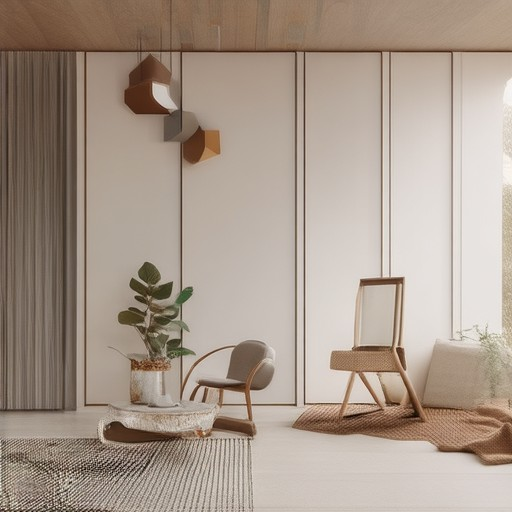
What is the 70/30 Rule in Interior Design?
The 70/30 rule is a simple yet effective guideline used in interior design to create balanced and visually appealing spaces. This ratio suggests that 70% of the space should consist of softer elements, while 30% should be harder elements.
- Soft Elements: These include furniture, curtains, rugs, cushions, and decorative items that bring warmth and texture to a room. Soft elements are often larger in scale and dominate the space.
- Hard Elements: These include walls, floors, ceilings, and fixtures like lighting or plumbing. Hard elements are smaller in scale and serve as the foundation of the space.
This balance helps create harmony and ensures that the space feels neither overwhelming nor sparse. By focusing on this ratio, designers can enhance functionality while maintaining aesthetic appeal.
Understanding the 80/20 Rule in Interior Design
The 80/20 rule in interior design is a simple yet effective concept that balances simplicity and style. This rule suggests dedicating approximately 80% of your space to neutral tones, textures, or monochromatic elements, allowing the remaining 20% to be used for bold statements or contrasting elements.
Here’s how it works:
- Neutral Dominance: Use 80% of your space with neutral colors, such as whites, grays, or beiges. This can be achieved through paint, flooring, or upholstery.
- Contrast and Accent: Allocate 20% of your space for vibrant colors, patterns, or unique textures. This could be through accent walls, throw pillows, or statement lighting fixtures.
This approach ensures a harmonious look while adding interest and personality to the space. The neutral base provides a calming atmosphere, while the contrasting elements add depth and character, making the room feel dynamic and inviting.
The beauty of the 80/20 rule lies in its adaptability. You can apply it to various elements, such as:
- Wall colors vs. furniture finishes
- Flooring choices vs. decorative accents
- Lighting fixtures vs. soft furnishings
By balancing these elements, you create a space that feels both cohesive and visually stimulating. Whether you’re designing a living room, bedroom, or office, the 80/20 rule offers a flexible framework to achieve a polished and balanced interior.
Ready to incorporate this rule into your home? Start by selecting your neutral palette and then introduce your favorite bold elements in strategic places. The result will be a space that feels both timeless and full of personality.
[Explore More Design Tips](https://orangedonkey.net/design-tips)
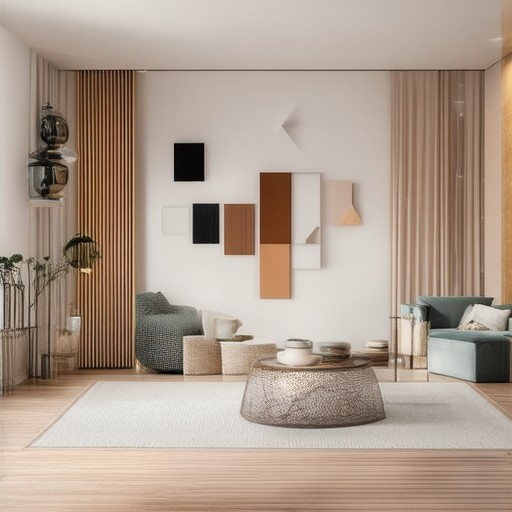
The Golden Rule in Interior Design
The golden rule in interior design refers to the principle of using the golden ratio to create balanced and visually appealing spaces. This ratio, often represented by the Greek letter phi (φ), is approximately 1.618 and is derived from the Fibonacci sequence.
Applying the Golden Ratio
- Proportions: The golden ratio is often used to determine proportions in a room, such as the relationship between the height of the walls and the width of the windows or doors. For example, if the height of the wall is 1 unit, the width of the window might be around 0.618 units, creating a harmonious balance.
- Furniture Placement: Furniture can be arranged in a way that follows the golden ratio, ensuring that the arrangement feels natural and comfortable. This might involve placing smaller pieces in spaces that are proportionally larger relative to the larger pieces.
- Color Palettes: The golden ratio can also influence color choices, with complementary colors being selected based on their perceived relationship in terms of light and shade.
Negative Space and Harmony
The golden ratio plays a crucial role in creating negative space, which is the empty area in a design. By incorporating negative space thoughtfully, designers can create a sense of calmness and order in a room. The golden ratio helps in determining how much negative space to leave, ensuring that the room feels neither cramped nor overwhelming.
Examples in Practice
- In a living room, you might use the golden ratio to position a sofa and coffee table, ensuring that the proportions feel balanced.
- In a bedroom, the ratio can be applied to the placement of nightstands relative to the bed.
Common Mistakes
- Ignoring the importance of negative space, which can disrupt the overall harmony of the room.
- Overusing the golden ratio, leading to a space that feels too contrived rather than natural.
Conclusion
The golden rule in interior design is a powerful tool for creating spaces that are both functional and aesthetically pleasing. By understanding and applying the golden ratio, designers can transform a space into a haven that feels naturally harmonious and balanced. Whether through proportions, furniture placement, or color choices, the golden ratio continues to be a cornerstone of modern interior design.

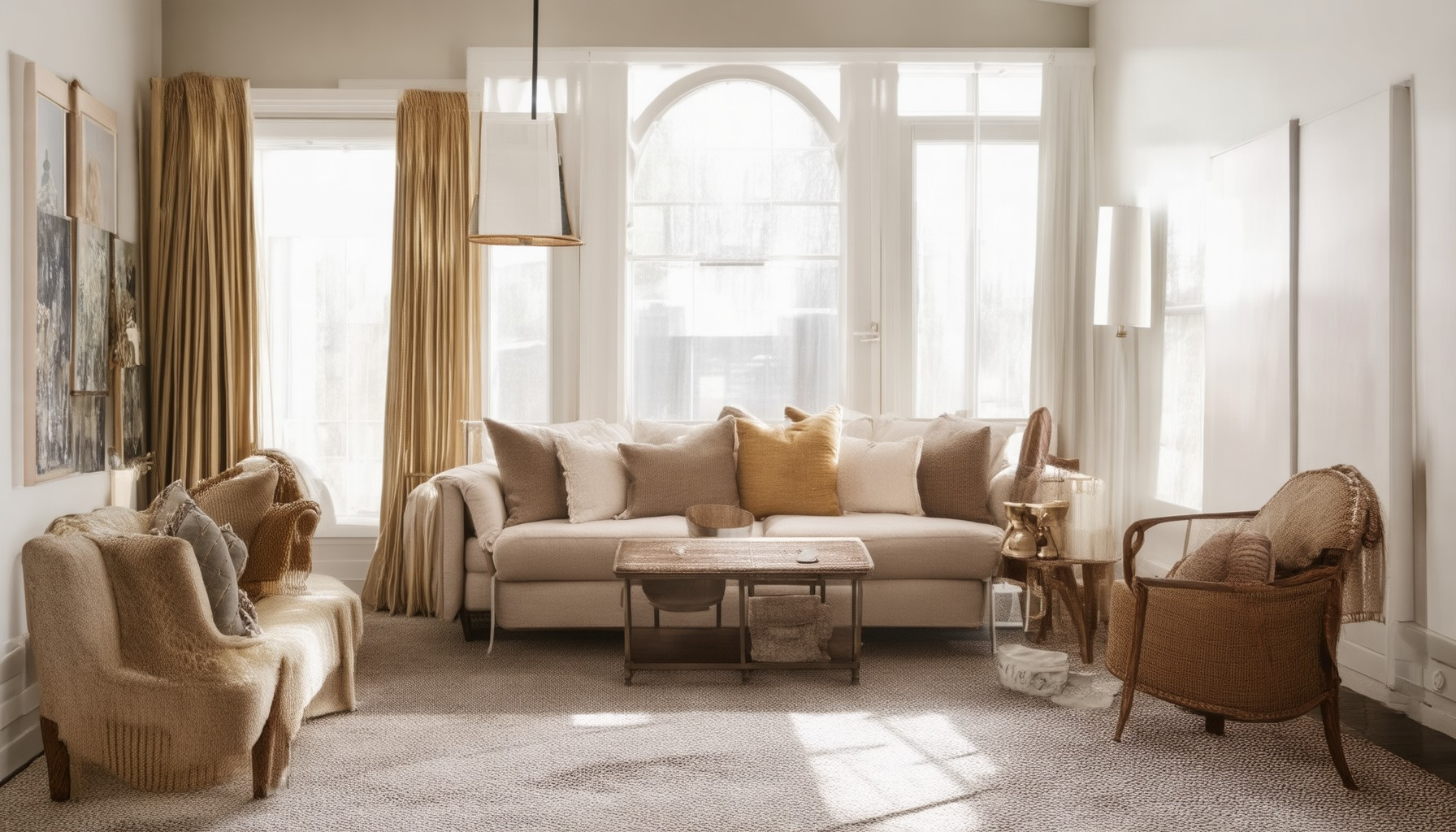


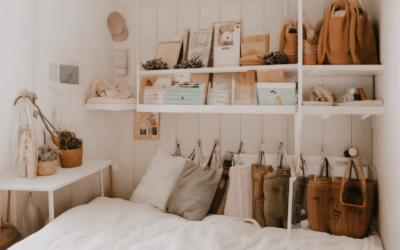
0 Comments